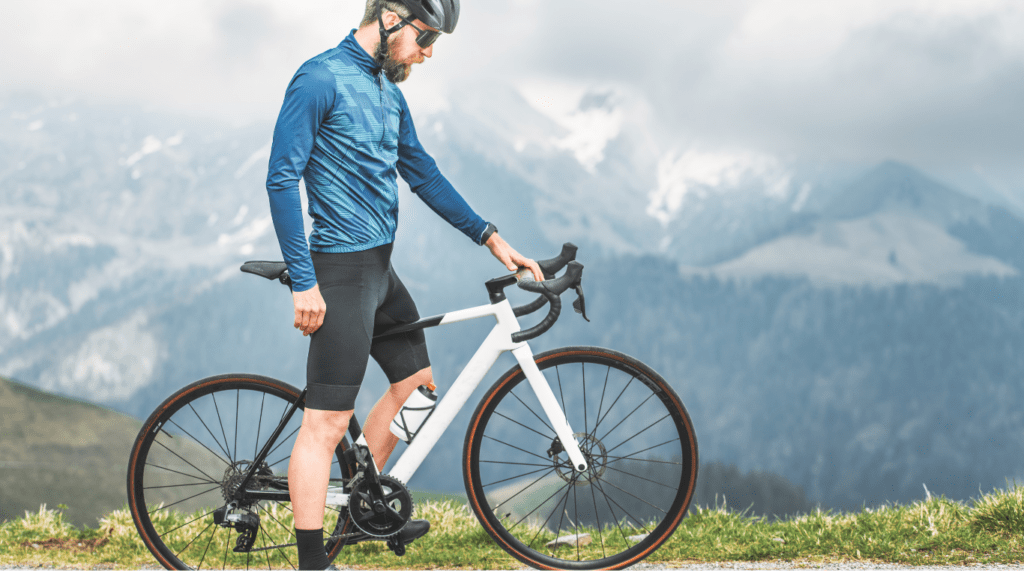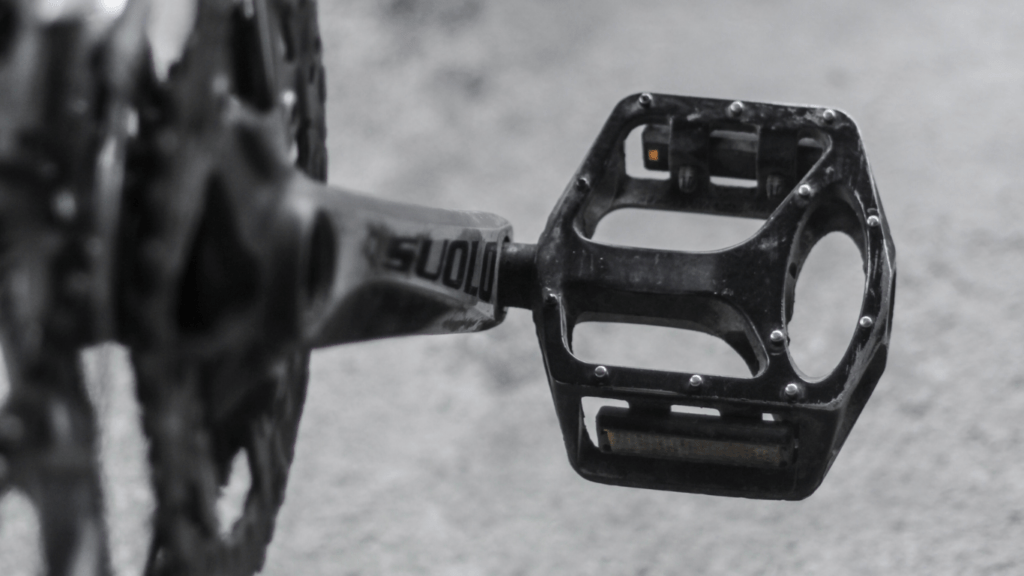Understanding Bike Components and Their Impact
Knowing your bike’s anatomy can provide insights into which components offer significant upgrades. Keep reading for a breakdown of essential parts and how enhancements can improve your ride.
The Basics of Bike Anatomy
A bike consists of various interconnected parts. The frame, which is the bike’s backbone, must be sturdy yet lightweight. The handlebars control direction while the wheels, made up of tires, rims, and hubs, enable movement.
The drivetrain, which includes the chain, gears, and pedals, converts your pedaling energy into forward motion.
The saddle determines your comfort, and the braking system ensures safety by stopping the bike. Each part’s quality can greatly affect riding performance.
How Upgrades Can Enhance Your Riding Experience
- Upgrading certain bike components makes a substantial difference in riding efficiency and enjoyment.
- High-performance tires can offer better grip and lower rolling resistance, leading to smoother rides.
- Advanced braking systems provide more consistent and powerful stopping ability, crucial for safety.
- A lighter frame reduces overall weight, enhancing speed and maneuverability.
- Quality gear systems ensure seamless shifting, making climbs and sprints more manageable.
These upgrades, though potentially costly, deliver notable improvements in performance and reliability.
Key Components Worth Upgrading

Investing in specific bike components can dramatically improve your riding experience. Here are three key areas worth considering for upgrades.
Wheels and Tires: Rolling Towards Efficiency
Wheels and tires play a crucial role in a bike’s performance. Lightweight wheels reduce rotational mass, making it easier to accelerate and climb.
High-performance tires, such as those with lower rolling resistance and better grip, can also enhance speed and control. For instance, upgrading to tubeless tires reduces the risk of flats and allows for lower tire pressure, providing a smoother ride.
Brakes: Ensuring Safety and Control
Effective braking systems are essential for safety and control. Hydraulic disc brakes offer consistent stopping power and are more reliable in wet conditions compared to traditional rim brakes.
They also require less maintenance. For example, Shimano and SRAM offer top-rated hydraulic disc brakes that improve modulation and overall braking performance.
Drivetrain: Smooth Shifting and Performance
The drivetrain includes components like:
- chain
- cassette
- derailleur
A high-quality drivetrain ensures smooth and precise shifting, improving overall ride performance.
Upgrading to a more advanced groupset, like Shimano’s Ultegra or SRAM’s Force, can provide quicker gear changes and increased durability. This enhances pedaling efficiency and makes tackling various terrains more manageable.
Upgrading for Different Types of Biking
Each biking style benefits from specific component upgrades, tailored to enhance performance and ride quality.
Road Biking: Speed and Agility Focus
Focusing on speed and agility for road biking means upgrading components for lighter weight and aerodynamic efficiency. High-quality wheels and tires reduce rolling resistance and boost speed.
Carbon fiber frames provide a lightweight structure, enhancing maneuverability. An advanced groupset ensures precise shifting and reliable performance during high-speed rides.
Mountain Biking: Durability and Adaptability
Mountain biking demands durable and adaptable components to handle rough terrains. Investing in a robust frame, preferably made of aluminum or carbon, enhances resilience.
Suspension systems, including front forks and rear shocks, absorb impacts and provide smoother rides. Tubeless tires reduce the risk of punctures and offer better traction on uneven surfaces.
Urban Commuting: Comfort and Practicality
Upgrading components for urban commuting should enhance comfort and practicality. Comfortable saddles and ergonomic handlebar grips reduce strain on longer rides. Fenders protect against road spray and improve cleanliness.
Integrated lighting systems and reflective elements increase visibility and safety during early or late commutes.
Budgeting for Upgrades
Effective budgeting is essential for upgrading your bike’s components. Strategic investments can dramatically boost performance without overspending.
Prioritizing Components Based on Needs
Identifying key areas for improvement helps manage your budget efficiently. Prioritize upgrades like wheels, brakes, or drivetrain based on your riding style. Road bikers benefit from lighter wheels for speed.
Mountain bikers should invest in durable suspension systems. Commuters gain from comfortable saddles and integrated lighting.
Finding Quality Within Your Budget
Researching quality components within your budget ensures better value. Look for reputable brands known for reliability. Use customer reviews to gauge performance.
Secondhand marketplaces offer high-quality components at reduced prices. Plan your purchases during sales or clearance events to maximize savings.

 Hello, I'm Henry Kirkland, and I’m proud to be part of the Cycle Smooth Ride Long team. Cycling is more than just a sport for me—it’s a way of life. I’m here to share my passion and expertise with you, helping you navigate the world of cycling with confidence and joy.
Whether you’re a beginner looking to get started or a seasoned rider aiming to refine your skills, my goal is to provide you with the insights, tips, and guidance you need to make the most of your cycling journey. At Cycle Smooth Ride Long, we’re dedicated to creating a community where cyclists of all levels can connect, learn, and grow together.
Hello, I'm Henry Kirkland, and I’m proud to be part of the Cycle Smooth Ride Long team. Cycling is more than just a sport for me—it’s a way of life. I’m here to share my passion and expertise with you, helping you navigate the world of cycling with confidence and joy.
Whether you’re a beginner looking to get started or a seasoned rider aiming to refine your skills, my goal is to provide you with the insights, tips, and guidance you need to make the most of your cycling journey. At Cycle Smooth Ride Long, we’re dedicated to creating a community where cyclists of all levels can connect, learn, and grow together.
